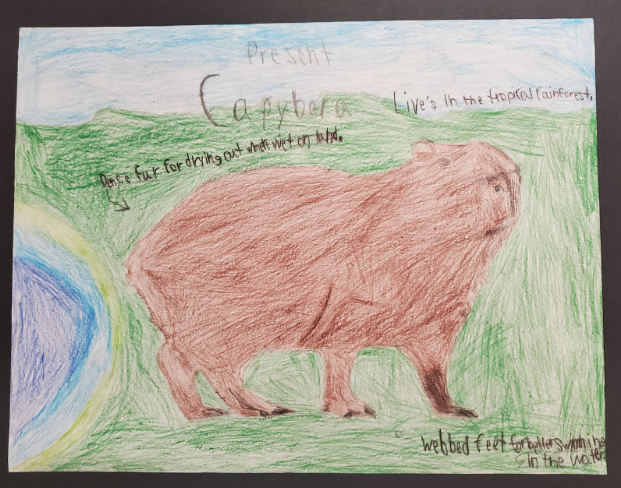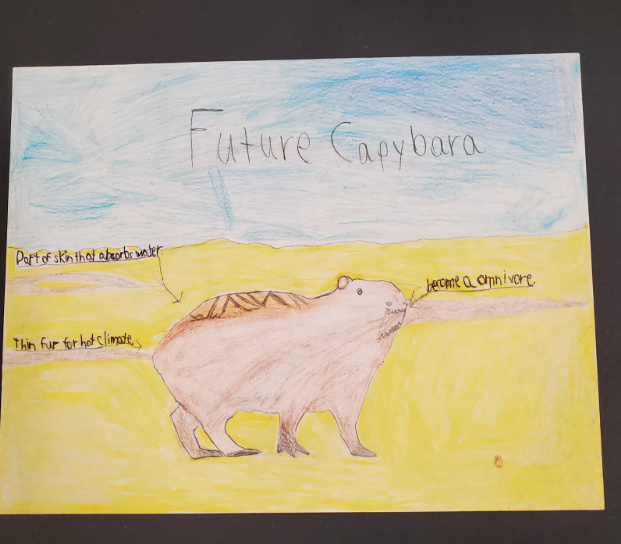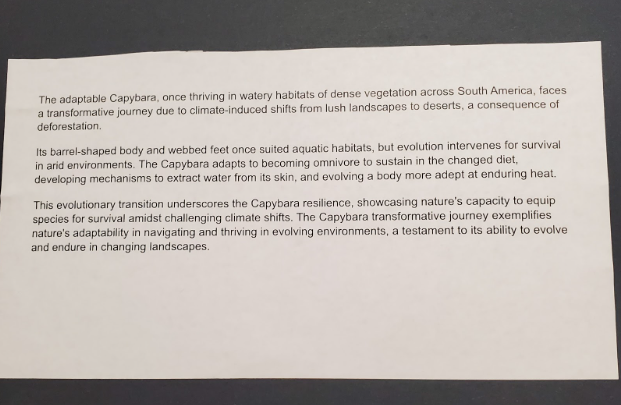The adaptable Capybara, once thriving in watery habitats of dense vegetation across South America, faces a transformative journey due to climate-induced shifts from lush landscapes to deserts, a consequence of deforestation.
Its barrel-shaped body and webbed feet once suited aquatic habitats, but evolution intervenes for survival in arid environments. The Capybara adapts to becoming omnivore to sustain in the changed diet, developing mechanisms to extract water from its skin, and evolving a body more adept at enduring heat.
This evolutionary transition underscores the Capybara resilience, showcasing nature's capacity to equip species for survival amidst challenging climate shifts. The Capybara transformative journey exemplifies nature's adaptability in navigating and thriving in evolving environments, a testament to its ability to evolve and endure in changing landscapes.
Contact us
Thank you for your interest in contacting Future Engineers. We look forward to connecting with you!
General Inquiries
support@futureengineers.orgSponsorship Inquiries
sponsor@futureengineers.org


